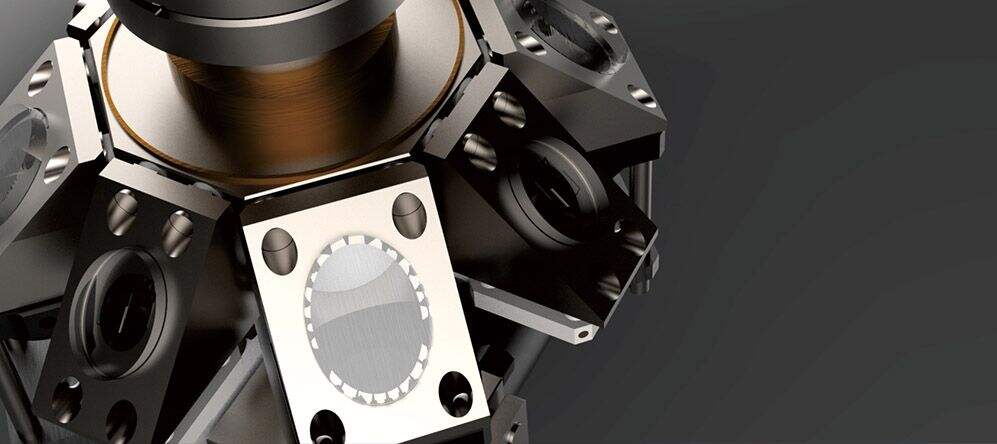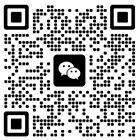The University of Science and Technology of China (USTC) is utilizing quantum precision measurement techniques to search for new interactions involving parity violation
Professor Peng Xinhua and Associate Researcher Jiang Min, along with the Key Laboratory of Microscopic Magnetic Resonance at the Chinese Academy of Sciences, have made significant strides in the field of quantum precision measurement and the investigation of beyond-standard-model phenomena. They have achieved a highly sensitive examination of parity-violating interactions beyond the standard model using their self-developed quantum spin amplification technology. The experimental results have improved international records by at least five orders of magnitude, filling gaps in existing astronomical observations.
Quantum sensors such as atomic magnetometers and atomic clocks have filled the detection gap for candidate particles of ultra-light dark matter that evade high-energy devices. However, due to the extremely weak interactions of these new particles with particles within the standard model, there is an urgent need for a high-sensitivity quantum sensor to investigate new physics beyond the standard model. Professor Peng Xinhua's research group has developed quantum spin amplification technology. In contrast to other resonance techniques applied to the search for new physics, rubidium atoms within the quantum spin amplifier serve as embedded magnetometers, enabling continuous polarization and in-situ measurements of xenon atoms, an inert gas.
This experiment involves two atomic gas chambers: one utilizing xenon atoms as spin sensors, and the other employing rubidium alkali metal atoms as the spin source. Alkali metal atoms in the spin source are polarized by laser pumping to approximately 10^14 electron spins and polarized intermittently by the pumping light, generating an alternating oscillating anomalous field that acts on the quantum spin sensor and is further amplified and detected.
None
ALLA Multi-Wavelength Quantum Well Nanowire Array Micro-LED for On-Chip Optical Communication
NextRecommended Products
Hot News
-
The University of Science and Technology of China (USTC) is utilizing quantum precision measurement techniques to search for new interactions involving parity violation
2023-09-22
-
A Multi-Wavelength Quantum Well Nanowire Array Micro-LED for On-Chip Optical Communication
2023-09-22
-
Using quantum sensors to achieve photoelectric conversion
2023-09-22

 EN
EN
 AR
AR
 BG
BG
 HR
HR
 CS
CS
 DA
DA
 NL
NL
 FI
FI
 FR
FR
 DE
DE
 EL
EL
 HI
HI
 IT
IT
 JA
JA
 KO
KO
 NO
NO
 PL
PL
 PT
PT
 RO
RO
 RU
RU
 ES
ES
 SV
SV
 TL
TL
 ID
ID
 LV
LV
 LT
LT
 SR
SR
 SK
SK
 SL
SL
 UK
UK
 VI
VI
 TH
TH
 TR
TR
 FA
FA
 MS
MS
 BE
BE
 LA
LA
 UZ
UZ


